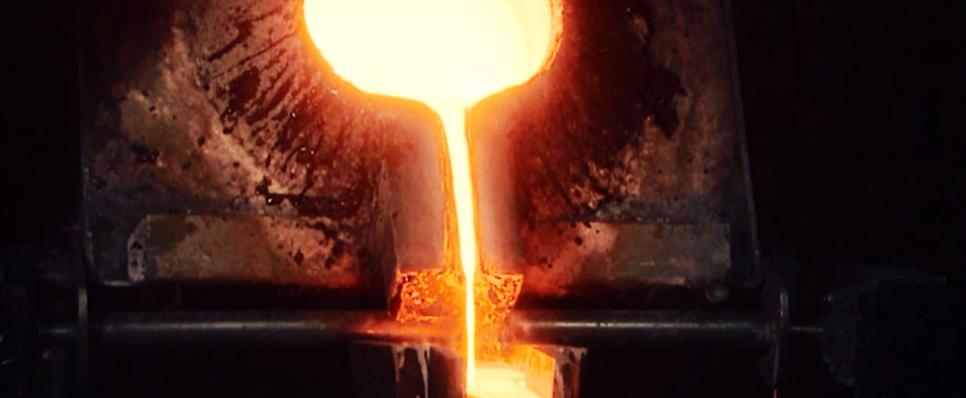Published: 09 Feb 2018
Trial by fire: gold refining

Once upon a time, your favourite gold necklace was part of a bunch of other metals congealed together in a rock. When gold is mined, it is barely discernible as the metal we have come to love. It is in fact what experts called an ore. An ore can have a high or a low amount of gold content depending on where it was extracted. Goldsmiths use cyanide to extract the gold from the ores, forming something called a ‘dore’.
Onward to the next stage. The dore has to go through a trial by fire at a refinery. In an exciting process called refining, it is re-liquified in a furnace and then heaped with generous amounts of soda ash and borax. This effectively separates the gold from impurities and other metal traces. There are actually a range of interesting scientific and technological ways gold can be refined. Whatever the method, what remains is the purest gold on the planet and it is cast into a beautiful bar that glitters like the sun.
So that’s where your necklace comes from, right? Nope! Pure gold is too soft to be used to create a necklace. It can only be made into jewellery when its combined with an alloy. Let’s have another look at your necklace, shall we? Does it glow red or pink in certain lights? Then it is likely that the gold in it was mixed with copper or an alloy of gold. White gold is usually combined with silver or nickel. And if you put a certain amount of iron into gold, it will result in blue gold. The caratage of gold is a measure of how much pure gold is present in jewellery. 22 karat gold has 91.75 per cent gold content. A research study published by World Gold Council shows that while European nations tend to gravitate towards 18 carat gold, while Indians have an appetite for 22 carats. Nothing but the best for us, right?











